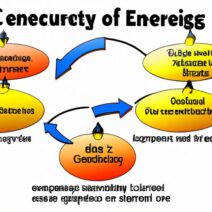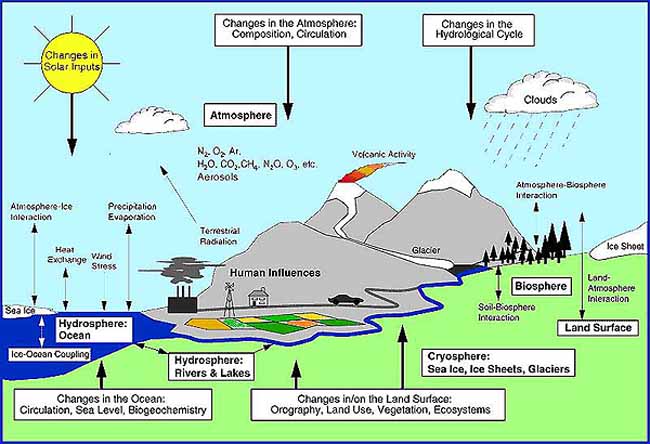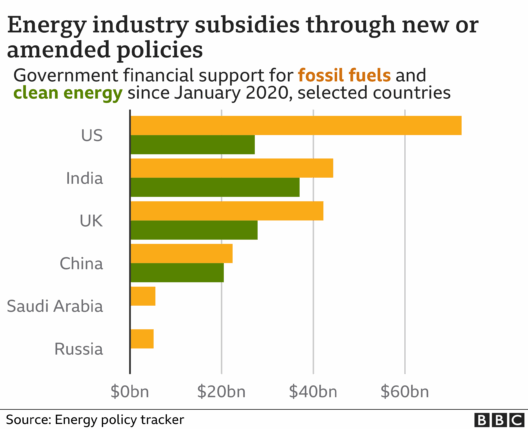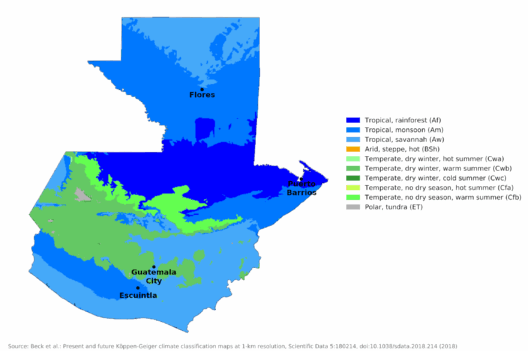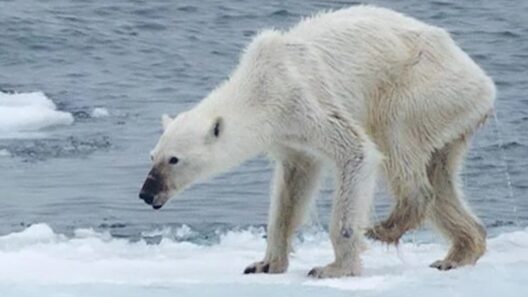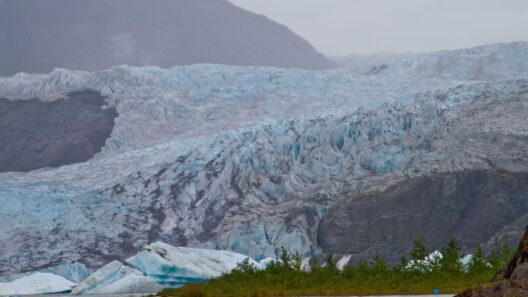Climate change is a profound tapestry woven from the intricate threads of natural phenomena and human activity. In the grand stage of Earth’s biosphere, it is imperative to explore how these phenomena interact and shape our environment. The apparent simplicity of natural events belies their complex interplay with anthropogenic forces, culminating in the elaborate narrative of climate connections.
To comprehend the ongoing metamorphosis of our planet, one must recognize that natural phenomena can be seen as the earth’s pulse; it beats with volcanic eruptions, whispers through the winds, and flows with the currents of oceans. These events are not isolated specters in time; rather, they are harbingers that unveil the intrinsic link between geological activities and climate evolution. The eruption of a volcano, for example, is akin to a composer striking a dissonant chord, scattering ash and gases into the atmosphere. These particles can temporarily cool the Earth by reflecting sunlight, showcasing nature’s volatile response to internal pressures and its subsequent impact on climatic orchestration.
This symphony of natural occurrences is augmented by the dynamic atmospheric conditions that dictate weather patterns. Consider the phenomenon of El Niño, which serves as a pivotal maestro in the climatic symphony. It can elevate global temperatures, influencing droughts in some regions while causing heavy precipitation in others. Such fluctuations are not mere anomalies; they are vital testament to the nuanced interdependence between the ocean and atmosphere, illustrating how one component can reverberate through the entirety of Earth’s systems.
Furthermore, let us not overlook the whisper of glaciers, those ancient sentinels of climate history. As they retreat, centuries of climate data are revealed, documented in the very ice that once encapsulated it. The melting of these behemoths not only raises sea levels but also alters the salinity and temperature of oceans, further complicating the tapestry of climate connections. The narrative of each glacial melt reveals a story of change, catalyzed by anthropogenic warming but grounded in natural geological processes.
In this intricate dance, the ecosystem plays a monumental role. The migration patterns of species can be viewed through the lens of climate change. As temperatures rise, many organisms are compelled to relocate to more favorable environments. This mass movement is akin to a grand migration of the soul, where each species seeks sustenance and survival. Their journeys are nevertheless fraught with peril, as altered habitats challenge the very foundations of their existence, leading to biodiversity loss and ecosystem imbalances.
Simultaneously, we must consider the weather extremes—the epic storms that pound coastal communities or the droughts that parch fertile lands. These occurrences, amplified by climate change, serve as a grim reminder of nature’s fury and resilience. The increasing frequency and intensity of such events resonate like a discordant rhapsody, urging humanity to reassess its own practices. The forces of nature respond with both benevolence and wrath, urging societies to prepare, adapt, or lament.
The interplay of natural phenomena and climate can also be seen through the lens of atmospheric science. The role of greenhouse gases is a particularly poignant motif in this narrative. As they accumulate in the atmosphere, they act like a warming blanket, stifling the Earth’s ability to radiate heat. This can be likened to a slow, smothering embrace that suffocates the very vitality of our climatic systems. Yet, there lies a paradox; while nature has created these gases through volcanic eruptions and respiration, humanity has intensified their production through industrial emissions, forging a dissonance in Earth’s natural rhythm.
Moreover, feedback loops present yet another layer of complexity. The thawing of permafrost, for instance, releases methane, a greenhouse gas far more potent than carbon dioxide. This act sends ripples through the climate system—a cascade of reactions that fuel further warming and accelerate climate change. It is an entrancing but alarming cycle, one that emphasizes the delicate equilibrium of Earth’s systems. The interactions between these natural feedbacks and human activities illustrate the profound interconnectedness of life on this planet.
As we examine this intricate web, it becomes evident that action is imperative. Understanding the profound relationship between natural phenomena and climate change fosters a sense of urgency. We must advocate for a harmonious coexistence with nature, recognizing that our decisions resonate far beyond our immediate environments. It is a clarion call for sustainable practices and an embrace of renewable energy, reducing our carbon footprint and safeguarding the planet’s future.
The dialogue between nature and climate is ever-evolving. Each twist and turn reveals lessons for humanity wrapped in exquisite paradoxes. Nature’s phenomena serve as both a warning and a guide, urging us to redraw our narratives in favor of ecological harmony. The symphony of climate connections is ongoing, transcending the boundaries of time and reminding us that our actions echo through the ages.
In conclusion, natural phenomena and climate change speak an intricate language—one that oscillates between chaos and order. As stewards of the Earth, it is our duty to interpret this language, making informed choices that consciously align with the rhythms of our planet. Let us recognize our role within this magnificent ecosystem, cultivating a future where nature can thrive, unencumbered and vibrant.

